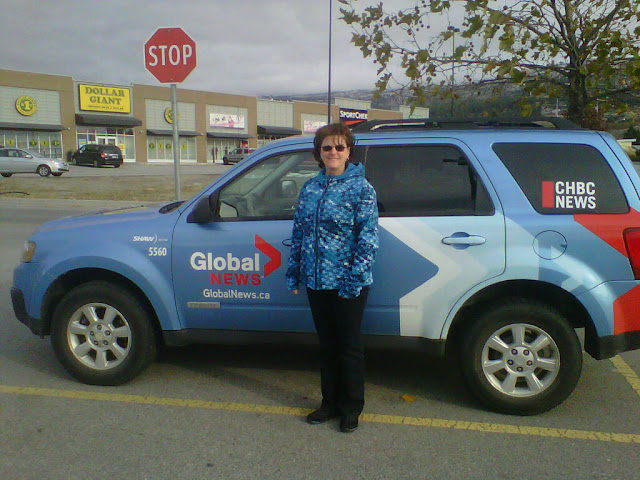The amazing Bobby Bovenzi and the Nankama Drummers
& Dancers have performed at every Banquet
Our guests love the (voluntary) audience participation!
It is a night of fun, fine food and dancing.
This year DJ Doug had us rocking until the early hours.
It is an opportunity to party with old friends
and to make new ones.
and to make new ones.
The room is decorated with an African theme and we display photographs and information. Brenda shows a brief film of our progress in Kahama and Muhanga. These few minutes highlight the very real connection between our community and theirs, and confirms that the people of B.C are indeed making a difference. I'm not going to lie - there are a few tears...
We were very happy that Costa was able to join us this year!
Costa is pictured first left. Brenda first met Costa in Rwanda in 2008 and he has been a constant guide and inspiration to us all. I have written about him in the Oct 5th 2012 blog entry. His first book The Work That Brings Peace in Me documents his extraordinary life and the development of a life changing self-inquiry process that he discovered through The Work of
Byron Katie.Thank you to everyone who contributed in any way to help us raise $5,951.00 which will be used to ship the 3rd forty-foot shipping container to Kahama, Tanzania. The container is filled with items for families; the hospital including the Amani Care & Treatment Clinic for children with HIV/AIDS; the Faraja Orphanage; schools and Teacher Training Centres, and with sewing machines and woodworking tools for our entrepreneur programs.
THANK YOU for your support and Live and Silent Auction Donations
CANADIAN HELICOPTERS
SUMMERLAND WATERFRONT RESORT
PDSCL
Rona
IGA Summerland
Murry's
Pizza
Edwards Investments,Summerland
Eco Friendly Carpet Cleaning
Mary Ann Chartrand Zumba
Critter Corner
Martins Flowers
Iron Man Penticton
Art of Beauty
Spa Tranquil
Smart Hoser
Pure Elements
Penticton Laser and Skin
Dawn's Day Spa
Napa Auto Parts
Wagon Wheel Bistro
Summerland Soleil Tanning
Beauty & The Brit
Builders Mart
Zias
Penny Lane
A New Leash
Pho
Local Lounge & Grill
Battle of the Benches
Suburban Princess
Naramata Heritage Inn & Spa
And friends, family and local community.



















































